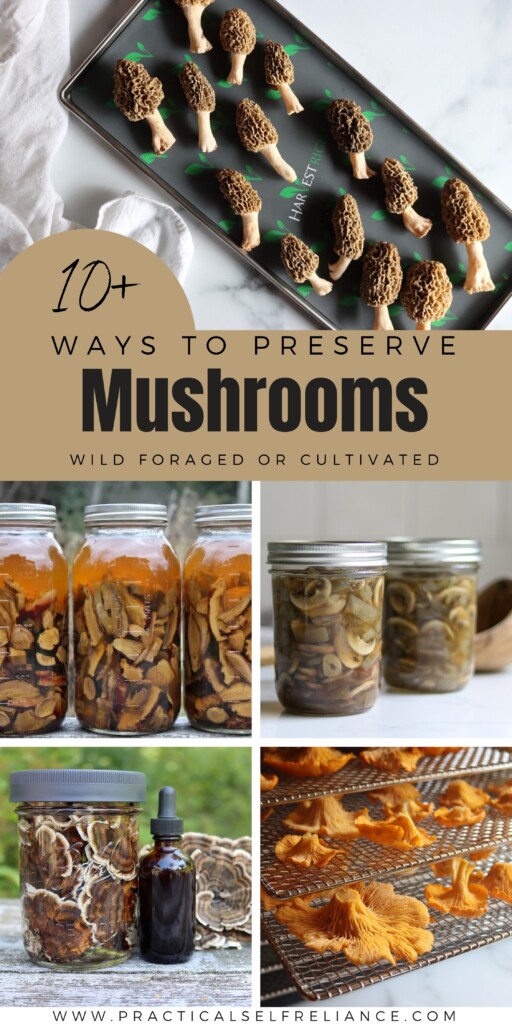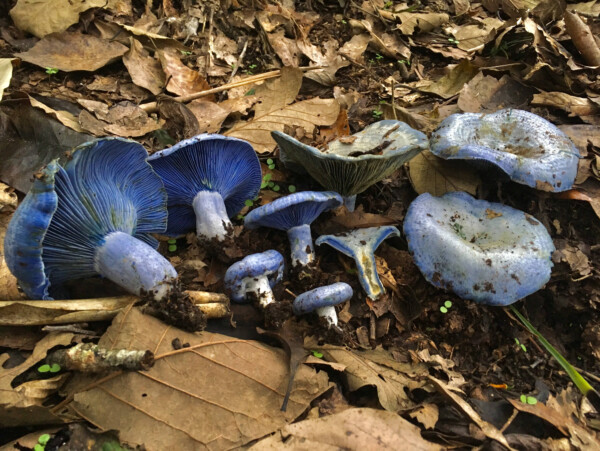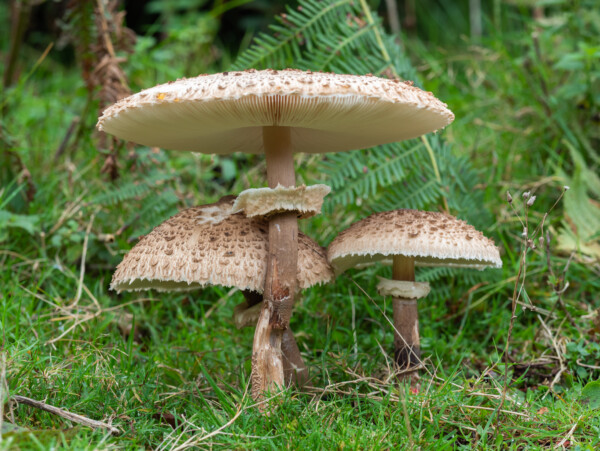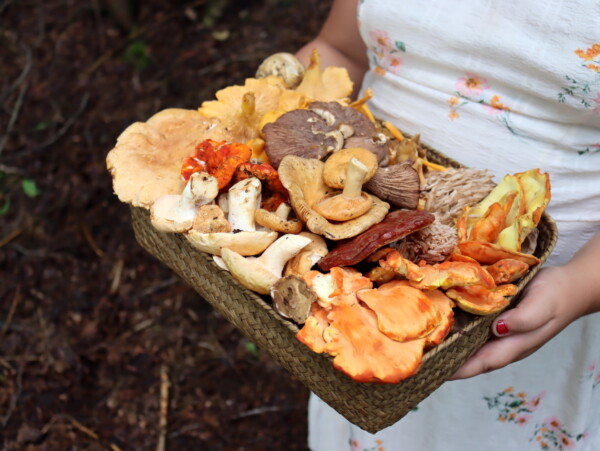Affiliate disclosure: This post may contain affiliate links. Please see our Privacy Policy.
Preserving mushrooms is a constant problem for foragers, as harvests always seem to go in a boom or bust cycle. One day you’ve got buckets of your favorite edible wild mushrooms, and the next you spend hours in the woods and come up empty.
Preserving the harvest from good days ensures that you’re able to enjoy your wild bounty year-round (and that nothing goes to waste). These same methods work with cultivated mushrooms too!
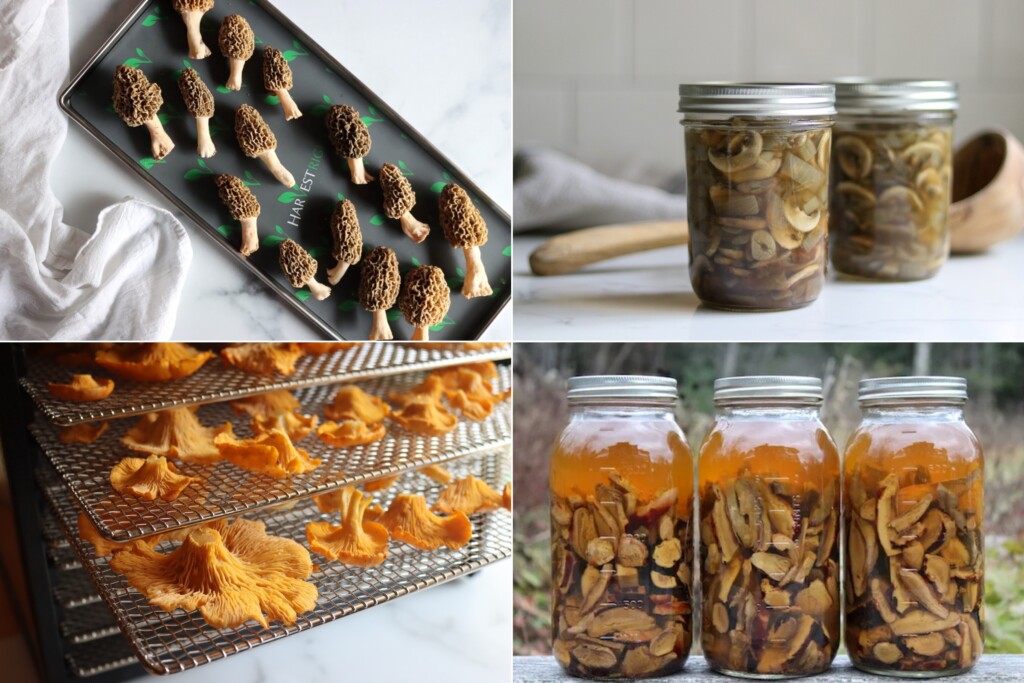
Mushrooms can be tricky to preserve, but thankfully, there’s no shortage of options once you know where to start. Some preservation methods—like drying, freeze drying or freezing—are well-suited for almost any mushroom, from grocery store button mushrooms to treasured wild foraged treats like morels.
Others, like pickling or candying, highlight their unique flavors and textures in more unexpected ways.
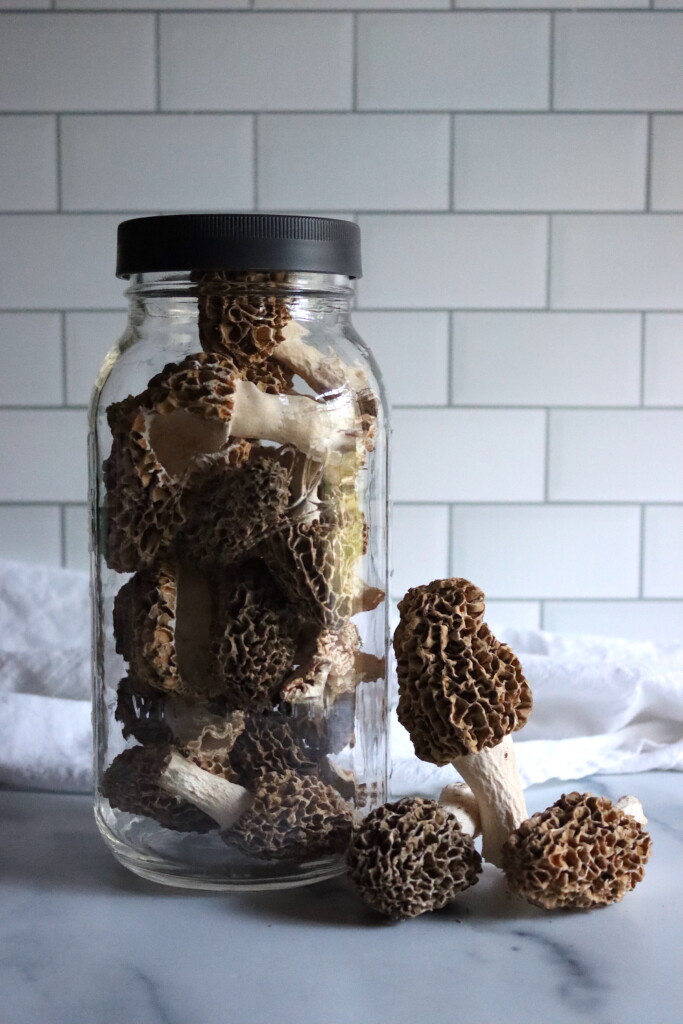
Ways to Preserve Mushrooms
The method you choose often depends on the type of mushroom you have, how you plan to use it later, and whether you’re aiming for long-term storage or short-term flavor boosts.
Each method brings out different qualities in the mushrooms, and experimenting with a few different techniques can help you make the most of your harvest. Whether you’re preserving mushrooms for their medicinal benefits, culinary use, or just the joy of having wild food in the pantry, there’s a method here to get the job done.
Freezing Mushrooms
Freezing is one of the easiest ways to preserve wild mushrooms, but it does take a little prep. Most mushrooms shouldn’t be frozen raw, as their high water content causes them to become mushy and lose texture when thawed. Instead, they should be sautéed first, just until they release their moisture and begin to brown. Once cooled, you can portion them into jars or bags and stash them in the freezer for future meals.
Some mushrooms—like morels and chanterelles—freeze especially well after a quick sauté, holding their texture and flavor beautifully in soups, sauces, and sautés. For cultivated mushrooms like lion’s mane or shiitake, freezing cooked pieces can be a time-saver for quick weeknight meals.
Believe it or not, mushrooms also make an appearance in desserts. One of the more surprising ways to freeze them is in mushroom ice cream, often made with candy caps, which naturally taste like maple syrup or butterscotch. We make it with chanterelles, which taste like apricots in ice cream, but with a bit more savory umami in the mix.
The mushrooms are steeped in cream and churned into a rich, umami-sweet treat.
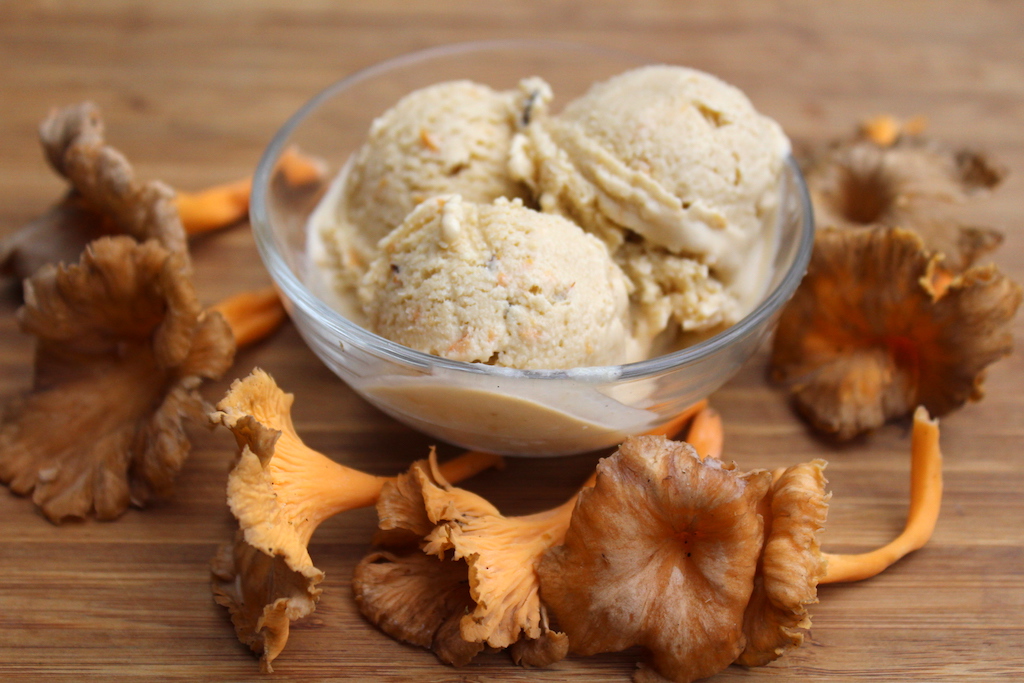
Dehydrating Mushrooms
Drying mushrooms is one of the most traditional preservation methods, and it works well for nearly every variety. Once dehydrated, they store indefinitely in airtight containers and can be rehydrated in soups, stews, or sauces.
To dehydrate mushrooms, slice them thinly and spread them out in a single layer in a dehydrator or a warm, dry place with good airflow. Drying times vary based on thickness and moisture content, but most mushrooms are ready in 6 to 12 hours. You’ll know they’re done when they snap cleanly rather than bending.
Dehydrated mushrooms can be ground into mushroom powder too, which is an easy way to add umami flavor to broths, gravies, and rubs. Shiitake and porcini powders are especially popular in gourmet cooking.
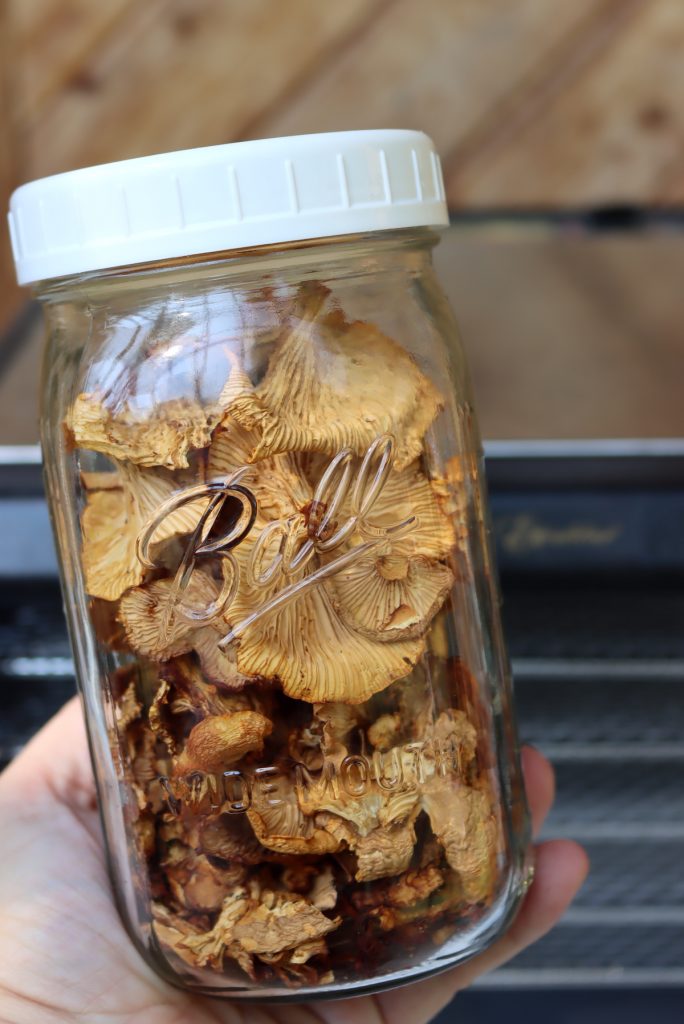
Freeze Drying Mushrooms
Freeze drying is the gold standard for preserving texture and flavor, especially with delicate mushrooms that don’t rehydrate well from traditional dehydration. This method pulls moisture out at very low temperatures, leaving behind crisp, shelf-stable mushrooms that bounce back to nearly fresh when rehydrated.
The finished product retains both color and flavor remarkably well, and it stores for decades when properly sealed. Whether you’re working with morels, oyster mushrooms, or even lion’s mane, freeze drying preserves the integrity of the mushroom better than any other method.
You can also snack on freeze-dried mushrooms straight from the jar. They’re surprisingly addictive as a crunchy, savory treat—like nature’s potato chip.
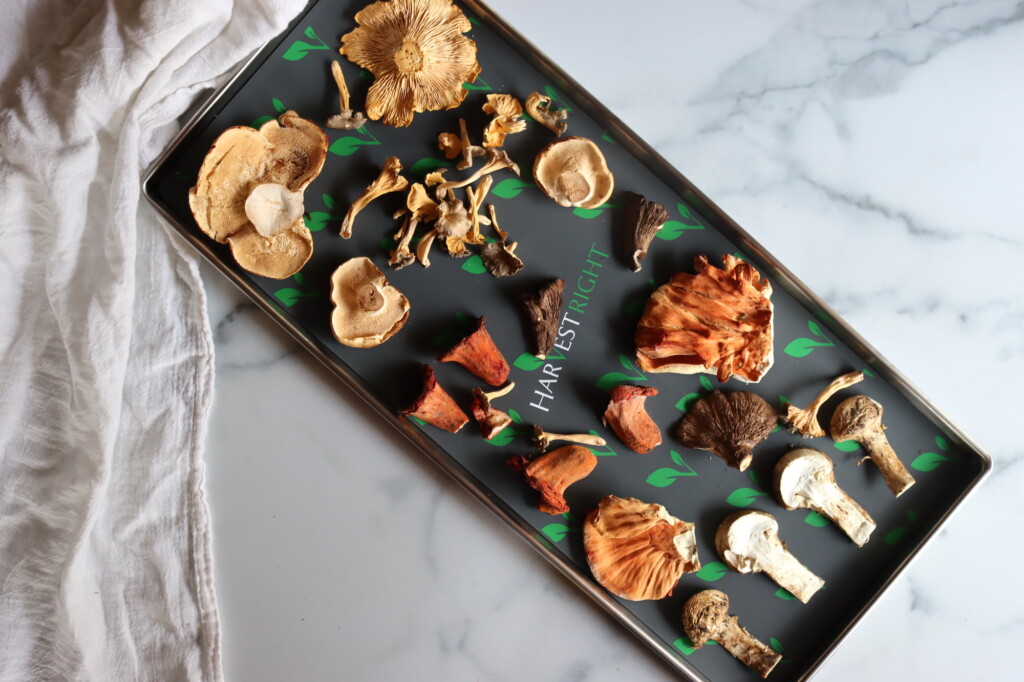
Canning Mushrooms
While canning wild mushrooms at home isn’t considered safe due to their wide variability in texture, density, and water content, you can safely pressure can cultivated mushrooms—specifically white buttons, cremini, and portobello varieties. These have been tested and approved by the USDA for home canning, and they hold up well in jars when preserved correctly.
To can cultivated mushrooms, start by washing them thoroughly and trimming off the stems if needed. You’ll then simmer them in water for 5 minutes before packing them hot into jars. Top with fresh boiling water, leaving 1 inch of headspace, and add ½ teaspoon salt per pint (if desired for flavor, it’s optional). Process in a pressure canner at 10 pounds pressure (adjusting for altitude) for 45 minutes for pints or half pints. (There are no tested times for quarts.)
You can also include mushrooms into soup canning recipes, like this recipe for canning cream of mushroom soup base.
Once canned, mushrooms are shelf-stable for over a year and are perfect for tossing into soups, stews, gravies, or pasta dishes. While it doesn’t quite preserve the same gourmet texture as fresh or freeze-dried, pressure canning is an excellent option for storing cultivated mushrooms in bulk when you’ve got more than you can use fresh.

Pickling Mushrooms
Pickling is one of the best ways to preserve wild mushrooms safely. Since the mushrooms are preserved in high-acid vinegar, there’s no need to worry about the pressure canner or the risks of low-acid foods.
Before pickling, mushrooms should be parboiled or sautéed to improve texture and ensure they’re fully cooked. Then they can be packed into jars with hot vinegar brine, along with spices, herbs, and sometimes sugar for a sweet-savory twist.
When using wild mushrooms, these pickles can be kept in the fridge for preservation. If using cultivated mushrooms, you can follow tested recipes for canning, like this canning recipe for marinated mushrooms.
Pickled mushrooms are a staple in many cuisines, especially Eastern European and Italian. They’re great served on charcuterie boards, tossed into salads, or eaten straight from the jar.
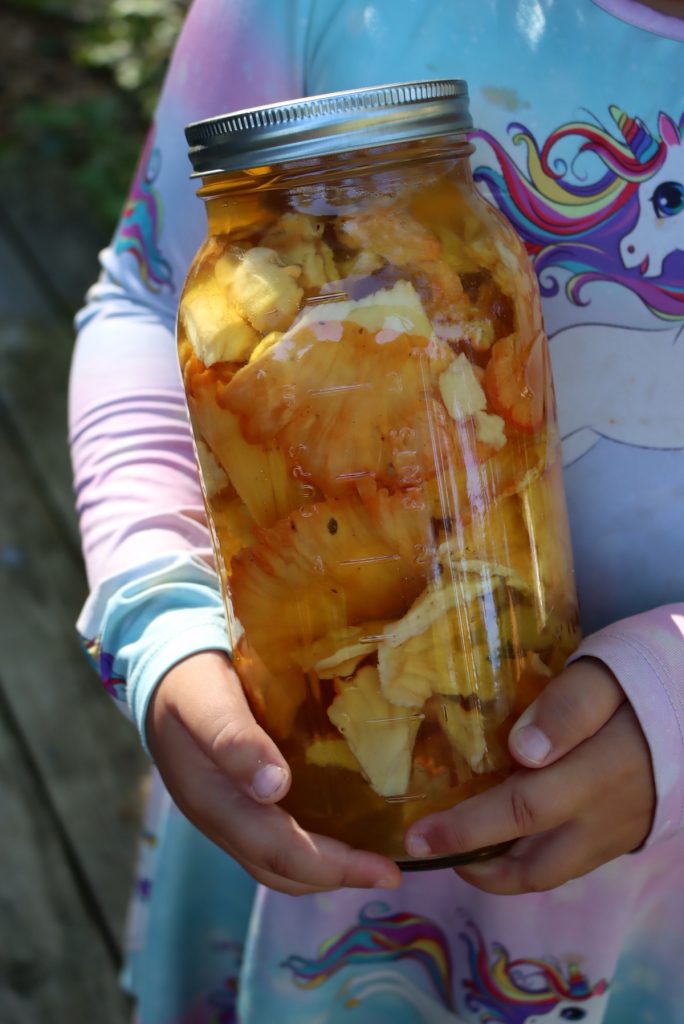
Fermented Mushrooms
Fermentation isn’t just for cabbage and cucumbers—mushrooms ferment beautifully too. Salt fermentation enhances their natural umami flavor and adds a tangy complexity, resulting in a savory, probiotic-rich preserve that works well as a condiment, side dish, or topping for grain bowls and sandwiches. Meaty varieties like oyster, shiitake, and even porcini are excellent candidates for fermentation, holding their texture and developing rich, layered flavors over time.
To make fermented mushrooms, slice or chop them and pack them into a jar with about 3% salt by weight (roughly 1 1/2 teaspoons of salt per cup of chopped mushrooms). Press them down so they release their liquid, or add a splash of brine to submerge. Weigh them down and let them ferment at room temperature for about a week, tasting as you go. Once they’re pleasantly tangy and a bit funky, store them in the fridge for long-term use. They’re delicious tossed into salads, added to charcuterie boards, or served alongside pickled vegetables.
Mushroom-Infused Salt
Mushroom salt is a simple, shelf-stable way to preserve the deep, earthy flavor of your favorite fungi. Start by drying mushrooms until they’re crisp, then grind them into a fine powder using a spice grinder or blender. Mix the powder with coarse or fine sea salt at a ratio that suits your taste—typically about one part mushroom powder to four parts salt.
This savory blend adds an instant umami boost to roasted vegetables, eggs, soups, steaks, or even popcorn. It’s especially good with rich or creamy dishes, where the mushroom flavor can really shine. Try making separate blends for different mushrooms: porcini salt for a bold, woodsy flavor, or candy cap salt for a sweet-savory twist that’s perfect on roasted squash or in compound butters. Stored in a sealed jar, mushroom salt keeps for months and makes a great homemade gift for fellow foragers or food lovers.
Mushroom Ketchup
Before tomatoes took over the condiment world, mushroom ketchup was a pantry staple in kitchens across England and early America. Made from slow-fermented or simmered mushrooms, salt, and spices, it’s a savory, umami-rich sauce that was once used much like Worcestershire or soy sauce—to season meats, soups, stews, and gravies.
Traditional recipes call for layering chopped mushrooms (often field mushrooms or other dark, flavorful types) with salt and letting them sit for a day or two. This draws out the liquid and starts to break down the mushrooms. The mixture is then simmered with vinegar, allspice, pepper, and other spices before straining and bottling. The result is a thin, dark liquid packed with deep mushroom flavor and subtle tang from the vinegar.
Homemade mushroom ketchup stores well in the refrigerator or can be water bath canned if the pH is low enough—always test with a pH meter to be safe. While it’s not as commonly used today, mushroom ketchup is making a comeback among foragers and fermentation enthusiasts for its rich flavor and historic roots. Try it as a marinade, a secret ingredient in gravies, or stirred into soups for an instant boost of umami.
Mushroom Tinctures
If you’re working with medicinal mushrooms like chaga, reishi, turkey tail, or lion’s mane, tinctures are one of the most effective and compact ways to preserve their beneficial compounds. Cultivated mushrooms like shiitakes also have medicinal properties, so it’s not just wild mushrooms!
A tincture is made by soaking dried or fresh mushrooms in alcohol to extract their medicinal constituents—primarily the triterpenes and other alcohol-soluble compounds.
Many herbalists prefer a double extraction method for mushrooms. This involves simmering the mushrooms in water first to extract the water-soluble beta-glucans and polysaccharides, then soaking the strained mushroom solids in high-proof alcohol for several weeks. The two extracts are then combined to create a powerful, shelf-stable tincture.
These concentrated extracts are taken by the dropperful and used as daily supplements to support immune health, cognitive function, and more—depending on the mushroom variety.
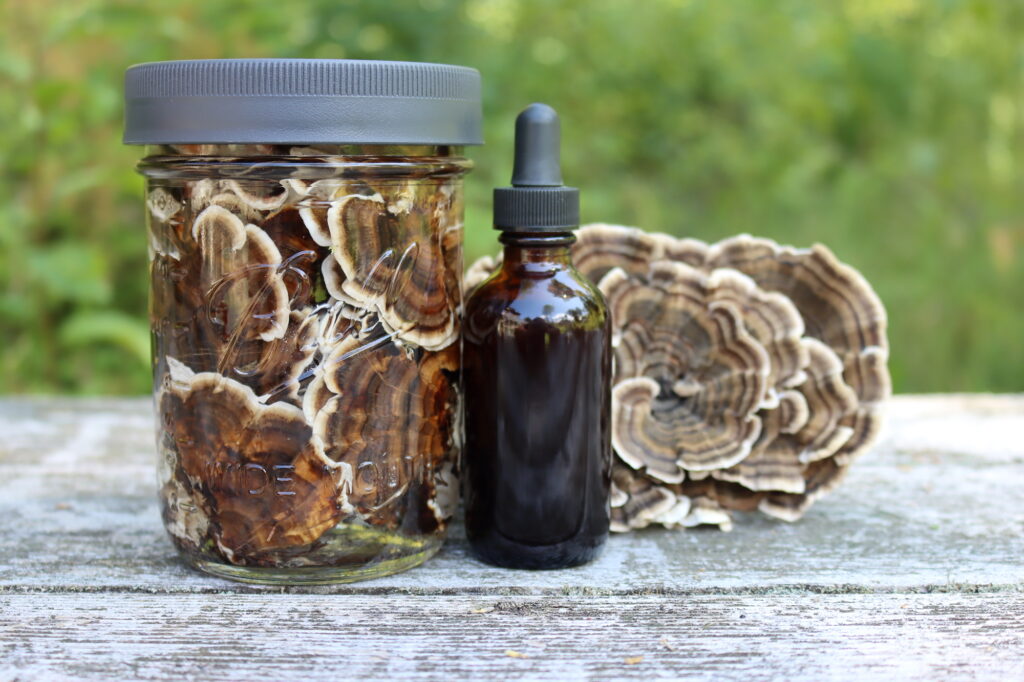
Mushroom Cordials
On the sweeter side of things, wild mushroom cordials use alcohol extraction to capture the flavor of culinary mushrooms rather than their medicinal properties. Certain mushrooms, especially candy caps and chanterelles, are surprisingly well-suited to this type of preservation.
Candy cap mushrooms are famous for their intense aroma, which smells like maple syrup or brown sugar. When infused in brandy or vodka and sweetened with a simple syrup, they create a rich, dessert-like liqueur that tastes more like a gourmet maple cordial than anything you’d expect from a mushroom.
Chanterelles, while more delicate, have subtle apricot and earth tones that also lend themselves beautifully to infusions. They pair particularly well with aged spirits like bourbon or cognac, and the resulting cordial has a warm, fruity, slightly woodsy flavor that works well in fall and winter cocktails.
To make a mushroom cordial, simply steep dried mushrooms in alcohol for a few weeks, then strain and sweeten to taste. The end result is a flavorful, shelf-stable cordial that brings a wild, foraged twist to after-dinner drinks and dessert recipes.
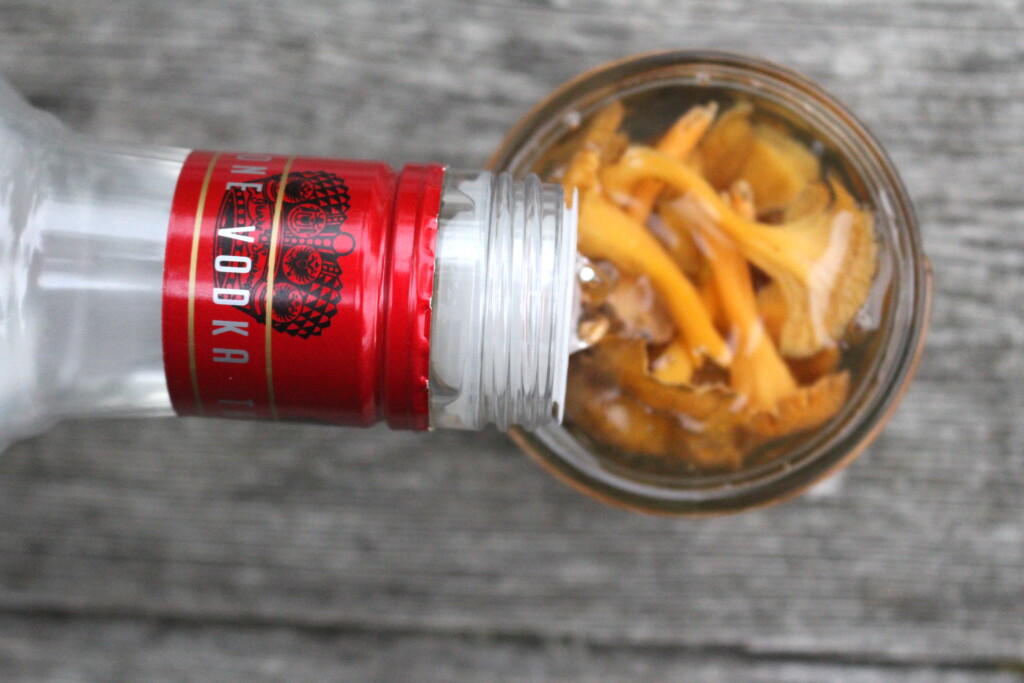
Candied Mushrooms
Yes, you really can candy mushrooms—and the results are a lot more delicious (and surprising) than you’d expect. Candying wild mushrooms brings out their natural flavors and textures in creative ways, transforming earthy or fruity mushrooms into sweet treats that can be used in desserts, cocktails, or even eaten straight as candy.
Candy caps are the most well-known for this technique. Their natural maple syrup flavor intensifies when candied, making them perfect for adding to baked goods or simply enjoying on their own. Simmer them in a sugar syrup until fully saturated, then dry slightly for a chewy, caramel-like texture.
Chanterelles are another great candidate. With their subtle apricot flavor, they take beautifully to candying and make an elegant topping for desserts—chanterelle cheesecake is a favorite in our kitchen. They also pair nicely with citrus zest or honey in the syrup for a more complex flavor.
Some foragers get even more creative with jelly-like fungi. Jelly babies (Leotia lubrica) and witches’ butter (Tremella mesenterica) can be candied in the same way—simmered in sugar syrup until translucent. Afterward, they’re tossed in citric acid for a sour kick, creating a wild-foraged version of “mushroom sour patch kids.” The result is chewy, tangy, and weirdly addictive, especially for those who enjoy experimenting with texture and flavor.
While candied mushrooms are a niche treat, they’re a playful and delicious way to stretch your imagination—and your harvest.
Other Ideas?
Beyond these core methods, creative mushroom lovers have come up with all kinds of ways to preserve and enjoy their foraged finds. Some people infuse mushrooms into oils or vinegars for cooking, while others experiment with fermenting mushrooms into savory condiments. You can even blend dried mushrooms into compound butters, or use mushroom powders in spice blends and rubs.
However you choose to preserve them, mushrooms offer endless possibilities once you move beyond the frying pan. With a little planning and creativity, a good harvest can last well beyond mushroom season—filling your pantry, freezer, and spice rack with the flavors of the forest all year long.
